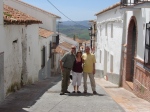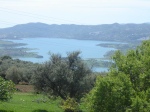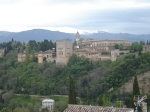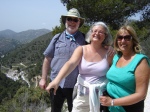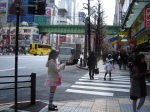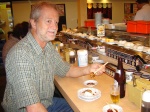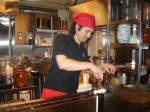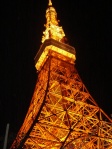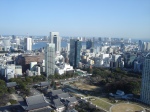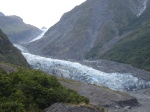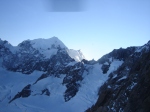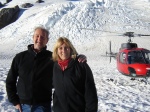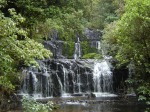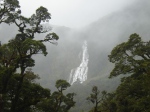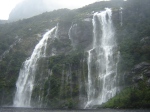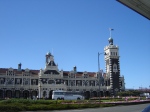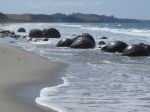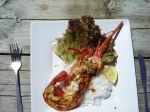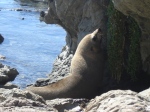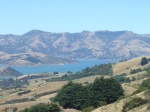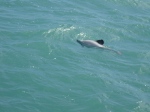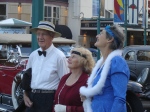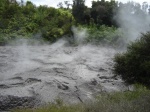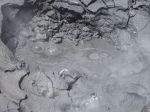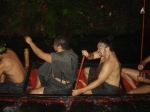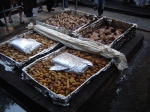Jean and Barry finally left on Friday 19th April – a week after they had originally intended, although their departure was not without its trauma. Apparently, so they discovered after queueing for an hour to check in, they were not a priority so they would have to wait until Saturday or maybe Sunday for the next flight. Luckily Ian and Diane were on duty for the airport run and returned to pick them up, but at the last minute went back into departures to leave their landline number and asked if there was no way J&B could get on the flight, only to discover that there was a stand-by list, to which they duly added their names and lo and behold were called to board an instant later. Jean contacted us when they got home to say there were in fact about 50 empty seats on the flight and Barry took advantage of that fact and had 2 dinners!
Despite tension regarding the uncertainty of their return, we still managed to have a good time and went on a couple of exploratory excursions – one to Lake Vinuela and the lovely village of Periana, which was full of quaint streets, an olive oil factory and traditional bars. The other excursion was to Granada, which is now only an hour away because of the new roads. We went to the Albayzin area and Barry managed to get me up many steep hills, which, had Dan been leading, I would have refused point blank to do. The view from the top of the old Arab quarter was spectacular – across the river to the Alhambra, with the snowy Sierra Nevada in the background. We then descended into the old Christian quarter and visited the Capilla Real – Royal Chapel, which only charged 3.50 euros to get in and had amazing carved screens and original medieval religious paintings, some by Boticelli.
Sunday was Day of the Resident in the centre of Nerja, when different organisations have stands and information about what they do. Apparently we can join the Lions if we are willing to pay them 100 euros each per year and undergo a rigorous interview process. We were asked if we wanted to adopt a puppy, but settled on taking home a money box to fill up. The Town Hall stand had a brochure on day and evening activities they run – mainly for women, such as yoga, pilates, painting etc – which I’ll definitely be looking at in more detail come September.
We also enrolled on the electoral register – the ‘padrón’, which allowed us to join the sports’ centre and get reduced rate activities. Consequently, on Monday we did half an hour in the gym followed by half an hour swim – all for 2 euros each. The results are not yet obvious, but hopefully given time …
Whilst we were at the Town Hall we asked if there was anywhere we could help out, either as interpreters or classroom assistants etc. The upshot was that we had a meeting today with a woman who works in both the secondary schools in Nerja and who might want to employ us in some capacity in the future – paid or unpaid.
John Appleton (our fantastic kitchen/bathroom/floor fitter) and his family are here in Nerja at the moment and we have already done one tapas tour with them and another is scheduled for tomorrow. We are then off to Coín for the orange festival, I have just bought the obligatory pom-pom flower for my hair and Dan has bought his matador outfit! Pictures will be available on youtube later!

